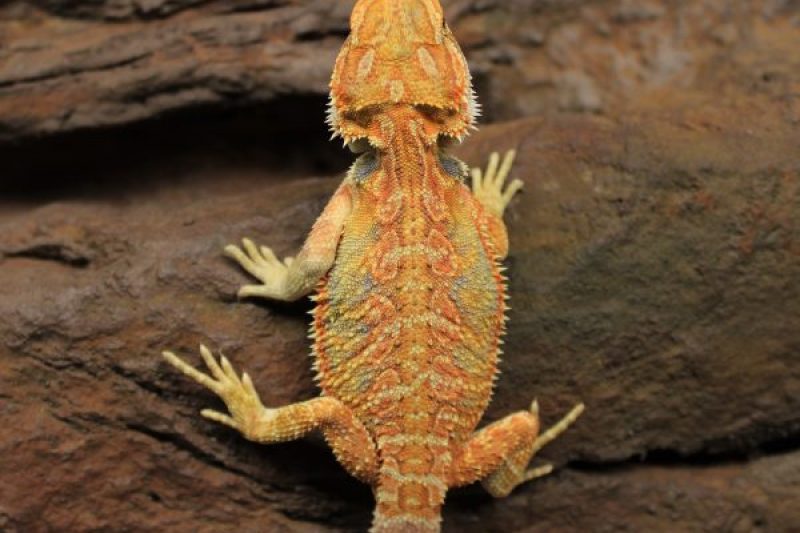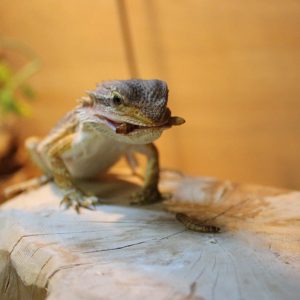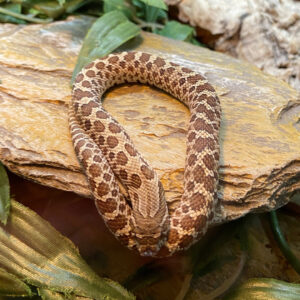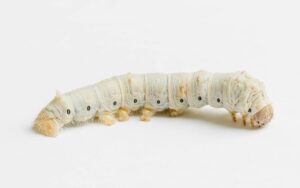
Pete’s Grow Your Own Herbivore Salad Mix Instructions
Pete’s Grow Your Own Herbivore Salad Mix Buy now What’s included in the pack Organic compost Pack of mixed seeds Planting tray with drainage holes

Probably the best known of all the pet reptiles, the bearded dragon is sometimes called the domesticated lizard; they make excellent pets, and can form attachments to their owners almost as strong as the ones that mammals can form.
But as familiar as we are with these denizens of our vivaria, where did they come from originally? What made them evolve to be the way they are?
There are actually eight species that come under the general common name of bearded dragon. They are all found in Australia, but the one that we know best as a pet – Pogona vitticeps – can be found distributed through eastern and central Australia, from the eastern half of south Australia to the southeastern Northern Territory.
The habitats across this vast area range from outright desert to open scrubland, dry forests and rocky wilderness. They can be partly arboreal, depending on the particular place in which they are found; they are apparently fond of basking on fence posts, tree trunks, and even picnic tables! They tend to spend the early morning and evening basking, but retreat to shaded areas during the hottest part of the day. They will even dig burrows and hide underground.
First described in 1926 by German zoologist Ernst Ahl, bearded dragons began to appear on the pet scene in America in the early 1990s. As Australia had banned the export of its wildlife for the pet trade in the 1960s, it is strongly suspected that the foundation stock did not leave the country legally!
There is also a theory that our current beardies are descended from more than one species, so that even though a relatively small number of animals left Australia, they appear to be mostly free of the genetic problems that can be caused by inbreeding.
Bearded dragons make excellent pets. They are large enough to be handled easily, but small enough that they can be well cared for in a reasonable amount of space; they are lively without being too excitable, and they do appear to actually enjoy spending time outside their vivariums with their human caretakers. With modern heating and lighting equipment it is a simple matter to provide them with a suitable exposure to heat and UV light, and as they are omnivores they are simple to feed.
Although we have all met at least one beardie who knows that if he or she turns up their nose, their pet human will bring them something nice to eat!
They have been bred in captivity for long enough that they can almost be considered domesticated, and as such can be recommended as a suitable lizard for a beginner. That said, they display enough interesting traits and have such big personalities that they will continue to amuse more experienced reptile keepers as well, especially when it comes to keeping them in bio-active, or more naturalistic setups.

Strangely – considering how readily they make friends with humans – beardies are not terribly good with their own kind. In the wild they will sometimes gather in loose groups in popular feeding or basking areas, but each animal will preserve a space around itself, and each will hold a patch of ground as their own.
They have a distinct series of body movements that they use to communicate with each other:
Research is being done all the time on this species, and there are new facts coming to light constantly – what has your bearded dragon been up to today?
If you would like to find out more about this or any other reptile, come in and see us at our Kidlington store where we can help you with all your reptile needs. Check out our range of bearded dragon vivarium set ups, vivariums, and reptile supplies, or click here to contact our team who are always happy to help. For more information please check out our care hub which features lots of care sheets on commonly kept species of pet reptile.
We look forward to seeing you soon!

Pete’s Grow Your Own Herbivore Salad Mix Buy now What’s included in the pack Organic compost Pack of mixed seeds Planting tray with drainage holes

Replicating natural light cycles (circadian cycles) has been a dream of reptiles keepers for many years. For years we have used UVB lamps to

When it comes to providing a well-rounded and nutritious diet for reptiles, silkworms stand out as a fantastic option. These soft-bodied larvae, derived from the
Copyright 2021 Evolution Reptiles
All rights reserved.